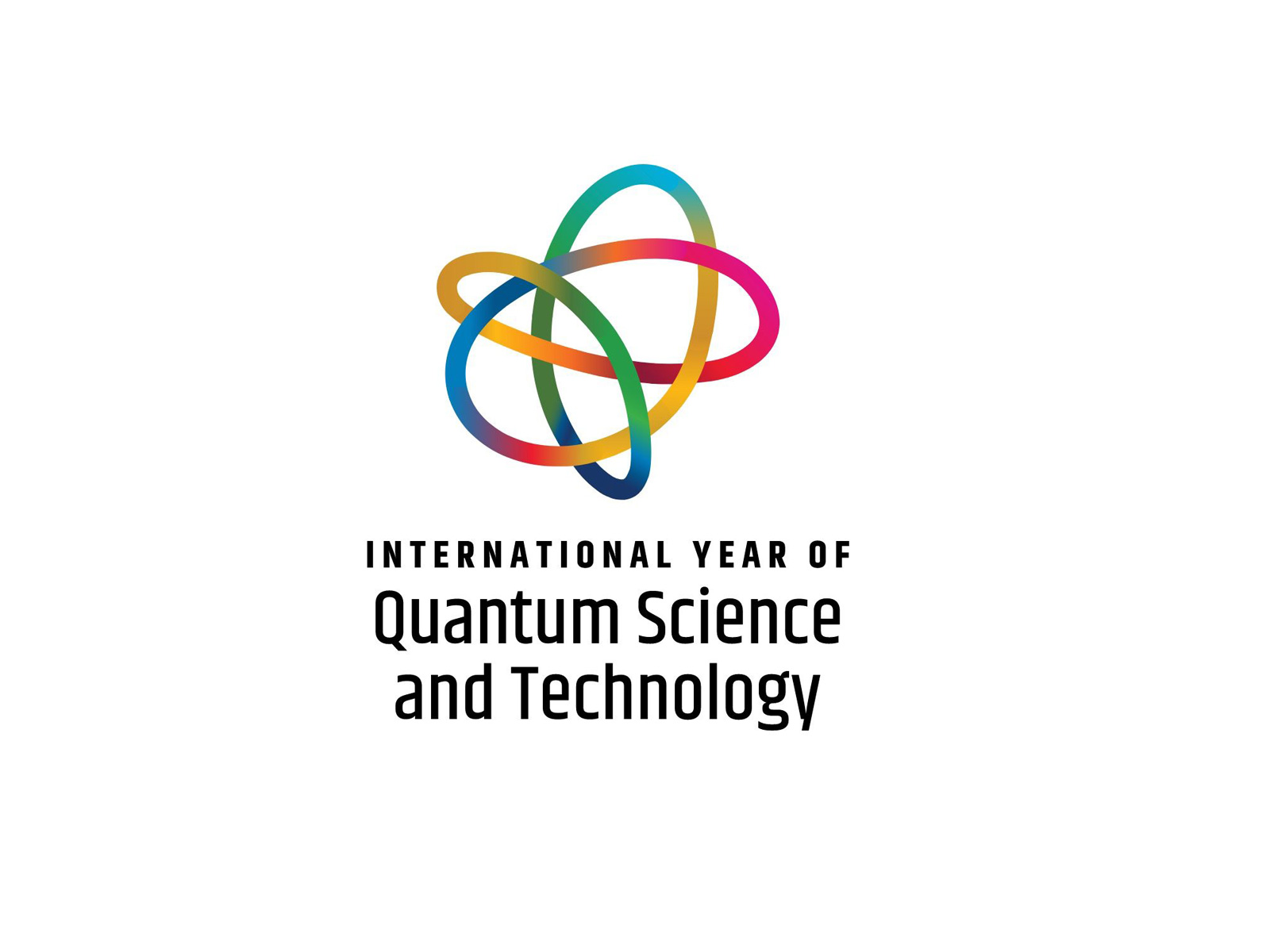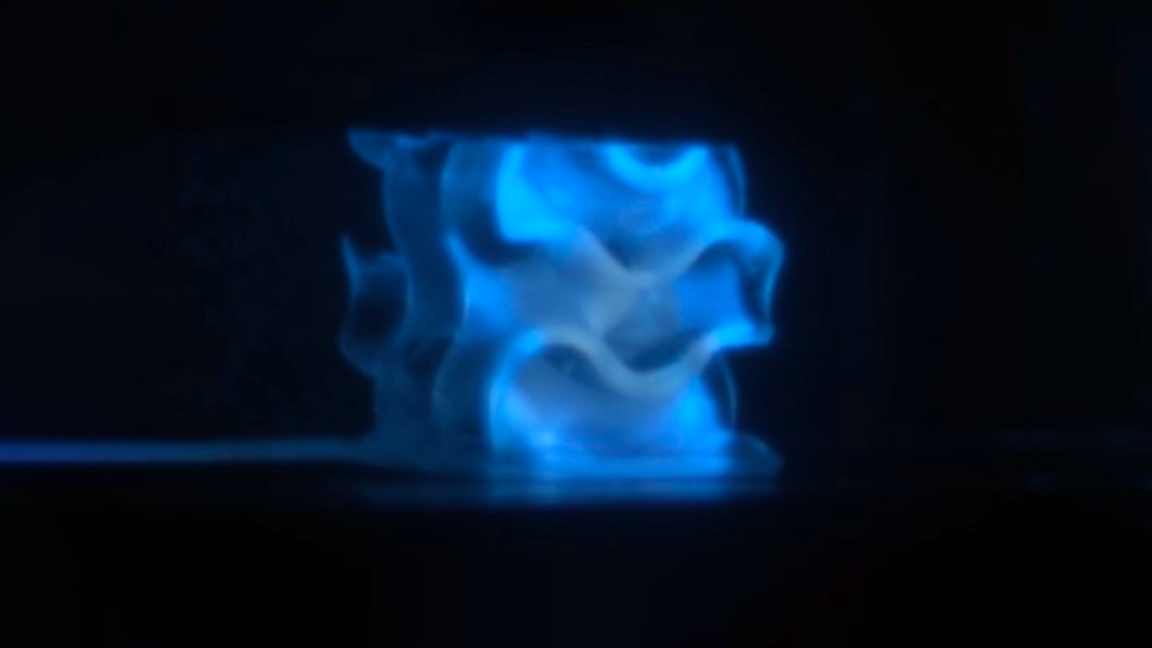 The CUPID-0 (CUORE Upgrade with Particle Identification), installed in the INFN National Laboratories of the Gran Sasso, has published its first results in Physical Review Letters. Cupid-0 studies neutrinoless double beta decay, an extremely rare phenomenon which, if detected, would mean that neutrino and antineutrino are Majorana particles, i.e. that particle and antiparticle coincide. One year on from the start of data collection, started in March 2017, the scientists from the joint project have reached a new limit, around ten times greater than the previous one, for neutrinoless double beta decay in an isotope of selenium. With a view to future developments of the experiment, CUPID-0 is testing scintillating calorimetry (bolometry) based on zinc selenide crystals, developed with the help of financing from the European Research Council (ERC, Advanced Grant) of the LUCIFER (Low-background Underground Cryogenic Installation for Elusive Rates) project, won in 2009 by Fernando Ferroni, the current president of the INFN. This technology will then be used in the CUPID project, which is a major third generation experiment to be built at the LNGS over the next decade. CUPID-0 involves the INFN sections in Genoa, Rome 1, Milan Bicocca and the National Laboratories of Legnaro and of Gran Sasso, which are hosting the experiment.
The CUPID-0 (CUORE Upgrade with Particle Identification), installed in the INFN National Laboratories of the Gran Sasso, has published its first results in Physical Review Letters. Cupid-0 studies neutrinoless double beta decay, an extremely rare phenomenon which, if detected, would mean that neutrino and antineutrino are Majorana particles, i.e. that particle and antiparticle coincide. One year on from the start of data collection, started in March 2017, the scientists from the joint project have reached a new limit, around ten times greater than the previous one, for neutrinoless double beta decay in an isotope of selenium. With a view to future developments of the experiment, CUPID-0 is testing scintillating calorimetry (bolometry) based on zinc selenide crystals, developed with the help of financing from the European Research Council (ERC, Advanced Grant) of the LUCIFER (Low-background Underground Cryogenic Installation for Elusive Rates) project, won in 2009 by Fernando Ferroni, the current president of the INFN. This technology will then be used in the CUPID project, which is a major third generation experiment to be built at the LNGS over the next decade. CUPID-0 involves the INFN sections in Genoa, Rome 1, Milan Bicocca and the National Laboratories of Legnaro and of Gran Sasso, which are hosting the experiment.
You might also be interested in

EuPRAXIA chooses ELI Beamlines as second site for laser-driven accelerator

The record neutrino observed by KM3NeT
07 February 2025
Read more The record neutrino observed by KM3NeT

INFN celebrates the STEM WEEK and the International Day of Women and Girl in Science 2025

International Year of Quantum Science and Technology, 2025
03 February 2025
Read more International Year of Quantum Science and Technology, 2025

A new generation of plastic scintillators thanks to 3d printing

Capturing the accretion flow of M87* black hole
22 January 2025
Read more Capturing the accretion flow of M87* black hole